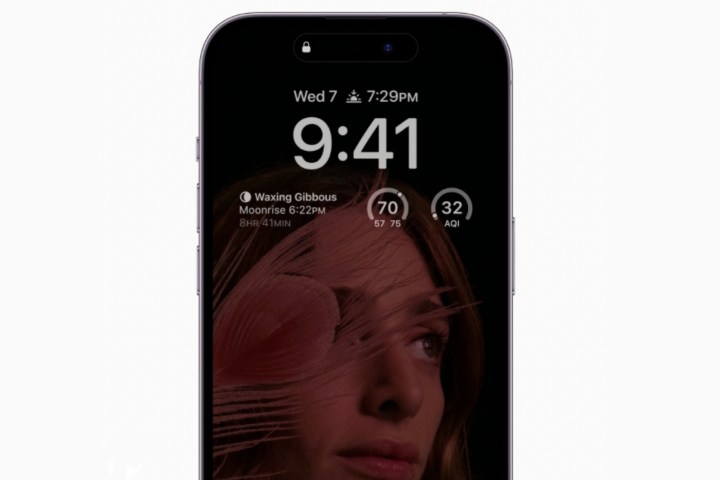The iPhone 14 Pro’s always-on display shouldn’t always have to stay on. Thankfully, the latest iOS 16.2 beta test is allowing users to hide their wallpapers and notifications from the controversial feature.
According to a report from 9to5Mac, iOS 16.2 beta 3 is giving iPhone 14 Pro users the option to toggle off the wallpaper and notifications from the always-on display, following reviews complaining about the feature needlessly draining the phone’s battery life. Although the always-on display dims the wallpaper by default, Apple implemented changes to address the issue.

In the Display and Brightness menu on the Settings app, you’ll see these changes in the form of three new toggle options. The always-on setting is switched on by default, which dims the wallpaper when you leave your iPhone 14 Pro alone. In iOS 16.2, there are two other settings: Show Wallpaper and Show Notifications. You can either toggle both of those off, or you can leave one of them on and shut off the other of your choosing. Once they’re shut off, the lock screen will only show a pure black wallpaper with the time and widgets when you lock your phone or leave it idle.
Many Android phones on the market offer users the ability to turn off the always-on display, allowing them to only look at the clock and any of their lock screen widgets, such as the weather forecast and calendar reminders, without compromising their battery life. Apple’s latest always-on display update to the iOS 16.2 beta may help resolve the iPhone 14 Pro’s battery problem.



